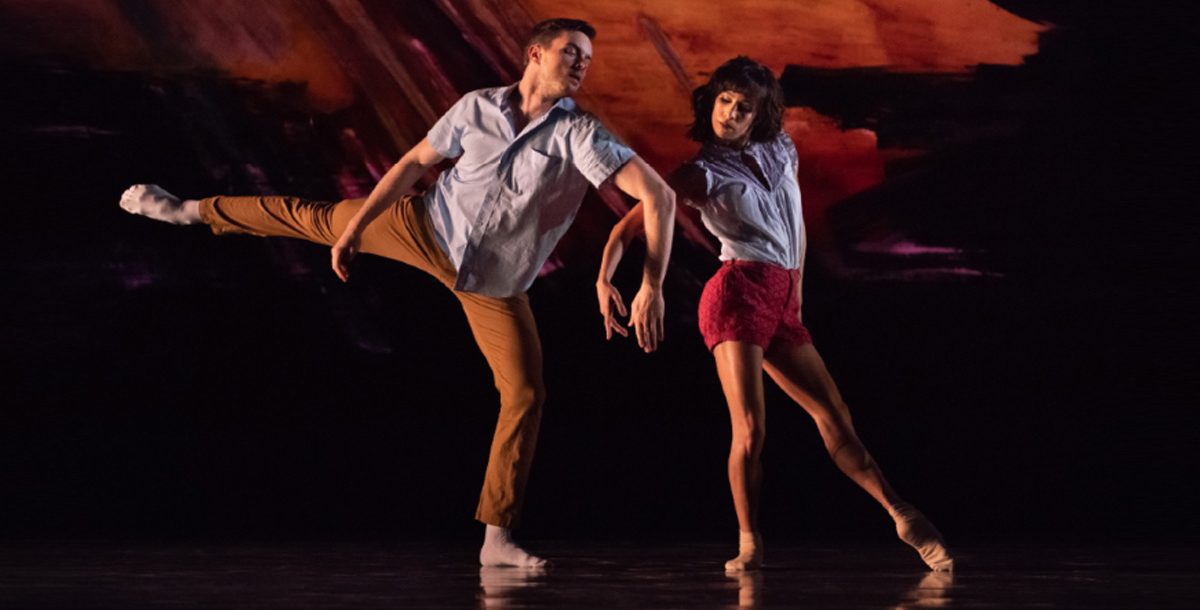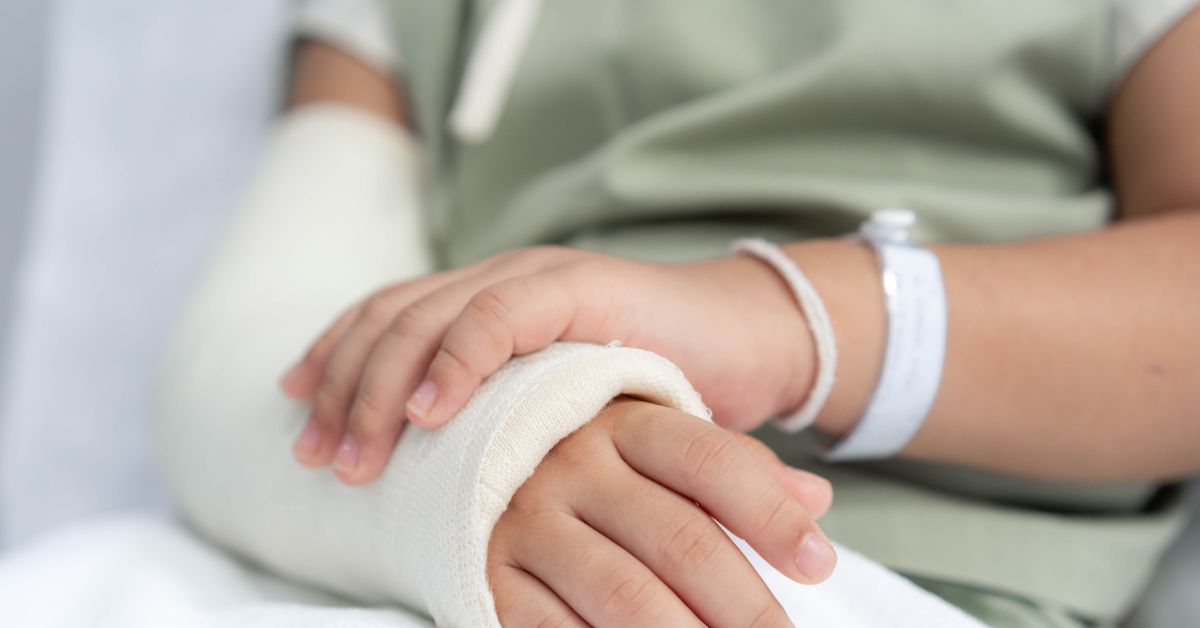Learn more about the performing arts medicine Mercy Health provides.
Performing arts medicine is a field dedicated to treating dancers of ballet, modern, contemporary, and musical theatre. At the Cincinnati Ballet, there is a Mercy Health team of physical therapists and athletic trainers to keep dancers performing to the best of their abilities. This includes dancers like David Morse, one of the many professionals to benefit from these services.
After years of discipline and hard work, David is approaching his fourth season with the Cincinnati Ballet, which starts this month. David recalls his love for dancing starting at an early age. He began training in Charlotte, NC and eventually met his wife there, a fellow dancer. In 2016, they both moved to Cincinnati to join their company.
“The company here does really diverse things,” says David. “The most enriching thing you can ask for as a dancer is for career and personal development.”
The Cincinnati Ballet is also unique with its on-site performing arts medicine services, provided by Mercy Health.
“At any time, dancers can walk in with an acute complaint or with an overuse complaint. We’ll treat them as quickly as we can and get them back to rehearsal,” shares Jacqui Haas, ATC, Certified Athletic Trainer and Program Manager of Performing Arts Medicine.
When a dancer is injured, it is important they are seen before any swelling begins as this can help prevent further injuries.
“I think across the dancers’ careers there is 96% chance of injury,” Jacqui recalls. “We see a lot of foot and ankle injuries with the ladies, and we see a lot of knee and lower spine injuries for the men. Most injuries are related to overuse.”
David has been fortunate to escape major injury during his career. However, he is currently experiencing shoulder pain that could impact his ability to lift dancers or complete other movements. Jacqui and her team have crafted a personalized treatment plan for him. It includes exercises and stretches to heal and strengthen his upper back, which will help support his shoulders.
“It’s nice to have someone there as the first line of defense,” David says of the performing arts medicine team. “It is such a comfort for all of us. Not all companies have people on-site like this.”
Dancers are often in extremely good shape, but sometimes only in one way. The performing arts medicine team stresses the importance of cross-training to prevent injuries and maintain fitness. And while there are negatives to dancing-related injuries, David finds there can be positives as well.
“Injuries can actually lead to a better understanding of your body and how to use it,” says David.
For younger dancers, David advises them to “fuel your body well.” This is especially important as dancers age and the sport becomes increasingly intense. Regarding staying in shape as a dancer, David suggests to “find exercises that work best for you.”
To schedule an appointment with a sports medicine or orthopedic specialist, visit Mercy.com.






